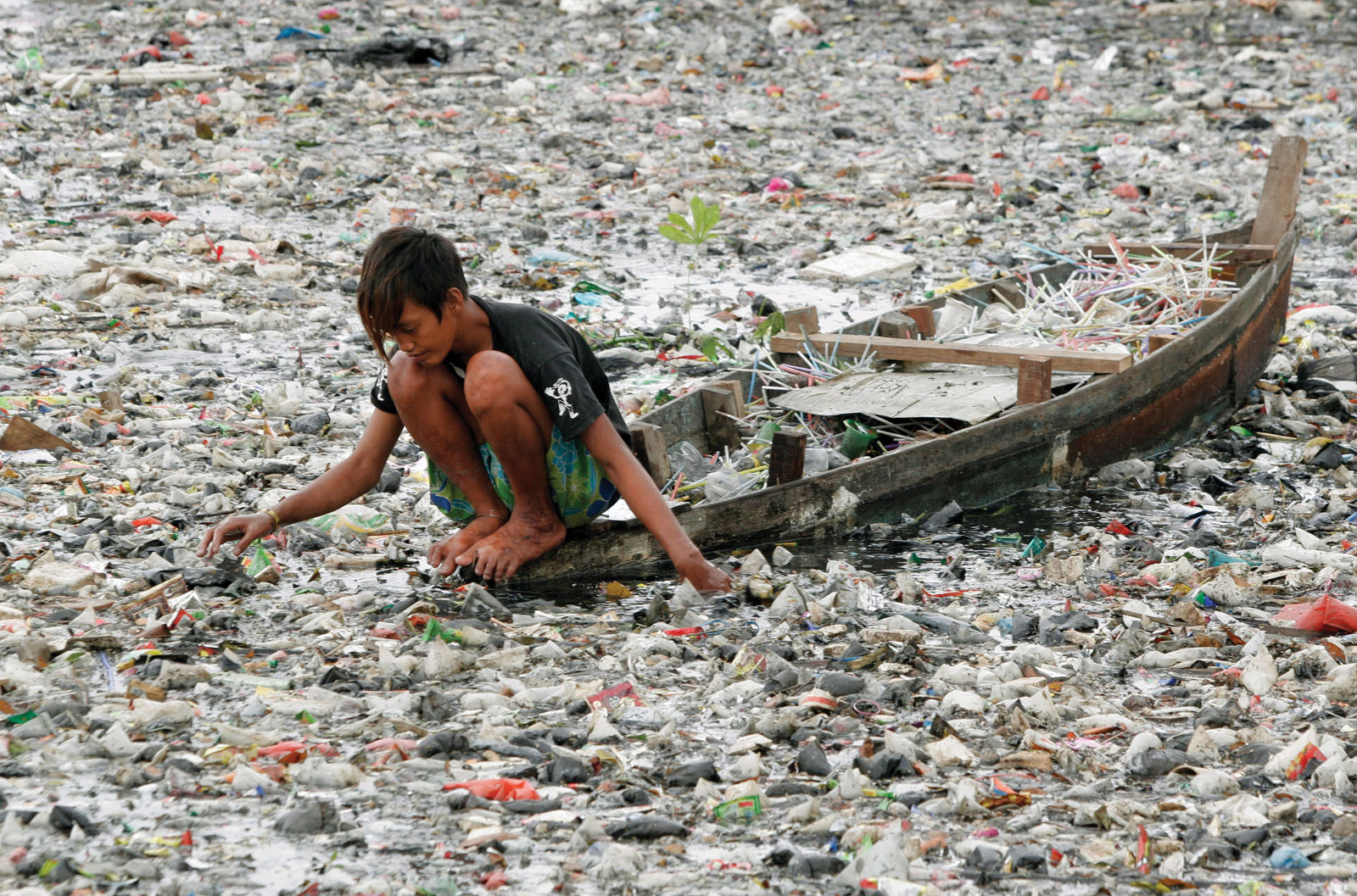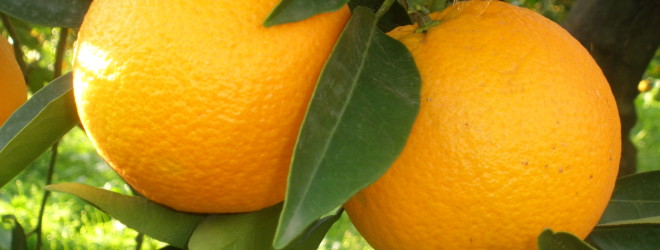We’ve all heard of the North Pacific Gyre and the enormous island of plastic garbage that floats there. An island made of tiny pieces of plastic, each at one time part of whole that represented an idea – a promise in the form of convenience or necessity that was so convincing that we failed to comprehend the result – what would happen when we kept buying, using and discarding all that plastic? But while we worry about an island of plastic, and even admit it as a badge of shame, the reality is that problem is much bigger. It’s not an island that’s the issue – the problem is that we are literally swimming in an ocean of plastic every day.
Plastic is all around us. Much of the clothing we wear today contains or is exclusively made of synthetic fibers – clothing for example that that contains neurotoxic polybrominated diphenyl ethers (PBDEs) – at least judging from the fact that dryer lint is the single greatest source for everyday exposure [1], [2]. But it’s not just clothing – PBDEs are found in carpeting, electronics, mattresses, bedding and furniture, permeating our home and work environment as a fine dust that we eat and inhale everyday. PBDEs are classified as a persistent organic pollutant (POP), with environmental contamination doubling every five years. Children in particular are targets for the neurotoxic effects PDBEs, which is alarming considering that their brains and nervous system are still developing. And that’s just PBDEs…
Perhaps the biggest concern these days is food storage, with a lot of media attention focused on bisphenol-A (BPA). And while many of you probably choose ceramic or glass containers over the old margarine tubs and tupperware that my grandmother had stacked so neatly in her cupboards, the fact is that plastic is found in so many other sources that this probably isn’t anything except a feel good maneuver unless you are also careful about other things like canned food, tetrapaks, milk cartons, and basically any food stored in plastic – from oil and milk, to meat and vegetables – you will have to work hard to avoid it.
The concern is that chemicals found in food-grade plastics migrate into food during storage and heating [3], [4], [5]. Some of these chemicals including bisphenol-A (BPA)[6] and phthalates [7] have only recently been found to be endocrine disruptors [8], suspected of playing a role in breast cancer [9], prostate cancer [10], obesity [11], asthma [12], neurobehavioural issues [13], male infertility [14], uterine fibroids and endometriosis [15]. And while some manufacturers applaud themselves for no longer using chemicals like bisphenol-A (BPA), the fact is that BPA was used for more than 50 years before its negative effects were realized. This should raise very serious concerns that a host of other compounds in plastic have not been adequately recognized or tested. This includes the supposedly benign polyethylene terephthalate (PET), used in a wide variety of food storage and also polar fleece clothing, which has only recently identified as an endocrine disruptant [16]. But instead government agencies and industry assure us with confident claims about the safety of food plastics – but the reality is that they don’t really know what the effects are and especially the synergistic effects of all these plastics in our bodies [17]. Recently there was a blog post passed around on facebook that identified companies that produced canned food with cans that are BPA-free. This is a good thing, except that the substitutes being touted as safe may be no better. Instead of BPA, these cans are lined with an “oleoresinous c-enamel”, which contains a hydrocarbon resin trademarked as Neville LX-782 for which there is no sufficient safety data for chronic exposure. The same blog post also suggested that polyethylene (LDPE/HDPE) is safe, used in tetrapaks and milk jugs, but once again, there is very limited safety data on this. Furthermore, we need to include that plastics like polyethylene don’t just contain polyethylene, but also a host of additives, residues and decomposition products.
Since 100% plastic avoidance is next to impossible nowadays, I guess we should all bank on evolutionary processes to provide us with the capacity to adapt to the nanoparticle soup of plastics floating in our bloodstream. But it still makes sense to avoid plastics and petrochemicals whenever possible. This means avoiding non-stick aluminum cookware (e.g. polytetrafluoroethylene), and getting all of your food as fresh as possible. Always prefer glass over any plastic (and even stainless steel, which contains nickel and other heavy metals that migrate into your food), and learn to make things like yogurt and sour cream at home. Also, avoid all plastic water bottles, tetrapaks dripping with synthetic dyes that migrate into your organic almond milk, and especially avoid all canned food – BPA free or not – there is NO evidence that any of these are safe for human health. An absence of data should not inspire confidence.
Much of the research for this post comes from my book Food As Medicine: The Theory and Practice of Food. If you have any comments or contributions to the discussion I would love to hear them!
References
[1] Jones-Otazo HA, Clarke JP, Diamond ML, Archbold JA, Ferguson G, Harner T, Richardson GM, Ryan JJ, Wilford B. 2005. Is house dust the missing exposure pathway for PBDEs? An analysis of the urban fate and human exposure to PBDEs. Environ Sci Technol. 39(14):5121-30.
[2] Johnson-Restrepo B, Kannan K. 2009. An assessment of sources and pathways of human exposure to polybrominated diphenyl ethers in the United States. Chemosphere. 76(4):542-8.
[3] Goulas AE, Zygoura P, Karatapanis A, Georgantelis D, Kontominas MG. 2007. Migration of di(2-ethylhexyl) adipate and acetyltributyl citrate plasticizers from food-grade PVC film into sweetened sesame paste (halawa tehineh): kinetic and penetration study. Food Chem Toxicol. 45(4):585-91
[4] Cao XL, Corriveau J, Popovic S. 2010. Bisphenol a in canned food products from canadian markets. J Food Prot. 73(6):1085-9.
[5] Petersen JH, Jensen LK. 2008. Phthalates and food-contact materials: enforcing the 2008 European Union plastics legislation. Food Addit Contam Part A Chem Anal Control Expo Risk Assess. 27(11):1608-16.
[6] Vogel SA. 2009. The politics of plastics: the making and unmaking of bisphenol a “safety”. Am J Public Health. 99 Suppl 3:S559-66.
[7] Crinnion WJ. 2010. Toxic effects of the easily avoidable phthalates and parabens. Altern Med Rev. 15(3):190-6.
[8] Ghisari M, Bonefeld-Jorgensen EC. 2009. Effects of plasticizers and their mixtures on estrogen receptor and thyroid hormone functions. Toxicol Lett. 189(1):67-77.
[9] López-Carrillo L, Hernández-Ramírez RU, Calafat AM, Torres-Sánchez L, Galván-Portillo M, Needham LL, Ruiz-Ramos R, Cebrián ME. 2010. Exposure to phthalates and breast cancer risk in northern Mexico. Environ Health Perspect. 118(4):539-44.
[10] Prins GS, Tang WY, Belmonte J, Ho SM. 2008. Perinatal exposure to oestradiol and bisphenol A alters the prostate epigenome and increases susceptibility to carcinogenesis. Basic Clin Pharmacol Toxicol. 102(2):134-8.
[11] Grün F. 2010. Obesogens. Curr Opin Endocrinol Diabetes Obes. 17(5):453-9.
[12] Bornehag CG, Nanberg E. 2010. Phthalate exposure and asthma in children. Int J Androl. 33(2):333-45
[13] Hajszan T, Leranth C. 2010. Bisphenol A interferes with synaptic remodeling. Front Neuroendocrinol. 31(4):519-30.
[14] Martino-Andrade AJ, Chahoud I. 2010. Reproductive toxicity of phthalate esters. Mol Nutr Food Res. 54(1):148-57.
[15] Weuve J, Hauser R, Calafat AM, Missmer SA, Wise LA. 2010. Association of exposure to phthalates with endometriosis and uterine leiomyomata: findings from NHANES, 1999-2004. Environ Health Perspect. 118(6):825-32.
[16] Sax L. 2010. Polyethylene terephthalate may yield endocrine disruptors. Environ Health Perspect. 118(4):445-8.
[17] Wagner M, Oehlmann J. 2009. Endocrine disruptors in bottled mineral water: total estrogenic burden and migration from plastic bottles. Environ Sci Pollut Res Int. 16(3):278-86



